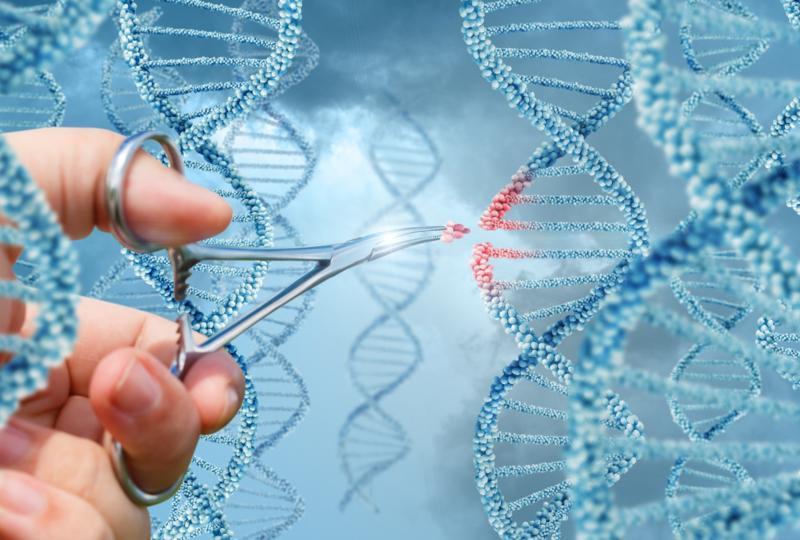Gene Therapy for Oculopharyngeal Muscular Dystrophy
Gene Therapy for Oculopharyngeal Muscular Dystrophy
Oculopharyngeal muscular dystrophy (OPMD) is a genetic disorder that typically appears after the age of 40. Like most forms of muscular dystrophy (MD), it’s a slow-progression disease that affects the muscles of the upper eyelid and throat, leading to ptosis, or drooping eyelids, as well as dysphagia and difficulties swallowing. In some cases, the disease may affect other areas of the body, such as the upper arms and legs, eventually causing the person to have trouble walking. The symptoms associated with the eyes and throat can be managed or corrected with surgery, but they commonly recur within five to fifteen years of the procedure. There are two types of OPMD based on how they are inherited, called autosomal dominant and autosomal recessive, and both are due to mutations of the PABPN1 gene. The body’s mRNA serves as the blueprint for making protein, and the PABPN1 gene plays an important role in processing mRNA. It is also responsible for making active protein in the body. OPMD is one of nine major forms of MD, but it is also one of the rarer forms.
- Autosomal dominant inheritance: At least one copy of the gene from the parents is involved. In at least 50% of cases, there’s a chance the child will receive it.
- Autosomal recessive inheritance: In this form, one of the first 22 autosomal chromosomes may be mutated, and both abnormal genes are inherited from the parents. Since the parents have one copy of the abnormal gene, they are unaffected carriers of the disease.
The highest incidence of this disease is seen in the French-Canadian Quebecois population, the Latino population of New Mexico, and the Bukhara Jewish central Asian population of Israel. The disease is also prevalent in the native French population in Europe. The autosomal dominant type is commonly seen while the autosomal recessive is rare.
It is thought that when PABPN1 is defective, the protein fails to form clumps in the cell nuclei. This then interferes with the cell’s function. Protein inclusion in the muscle tissues has been observed under microscope in patients with OPMD. When the PABPN1 gene is defective, the gene that contains DNA, known as GCN, is repeated 11–17 times. They form clumped sections, thus forming the alanine protein, which cannot be broken. The cell function fails, and over a period of time, the muscle cells become weak and die.
Possible side effects of the disease are ptosis and dysphagia, and common complications include choking on anything ingested (or even just spittle), pneumonia, and proximal muscle weakness that gradually leads to distal muscle weakness. Tasks such as climbing stairs, walking, and bending eventually become difficult, and some may end up in a wheelchair. Less common symptoms include atrophy of the tongue, difficulty speaking, general weakness of the muscles, and dysphonia. The proximal upper arm can also be affected.
Patients can retain healthy muscle strength with new gene therapies, and this could also eliminate muscle fibrosis. A research study using mice was begun in 2014, and in 2018, researchers believed they had found a way to replace the defective gene. They used a DNA-directed RNA interference technique to shut down the gene, which they then replaced with a properly functioning gene. For this, the researchers used two different viral vectors. They found that this approach could restore muscle function in the affected mice. The two-vector system technique has since been refined to a single-vector system and can now eliminate up to 88% of the defective gene. In addition, 99% of the gene’s function was restored using this more effective technique. Based on this success rate, researchers hope to start human trials next year.



